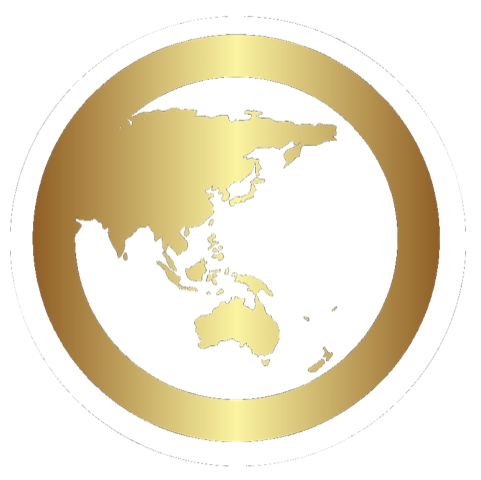If you’ve started at the beginning of our IP Cheat Sheet series, you’ll now be familiar with what a trade mark is – a unique identifier of a product or service – and how it needs to be registered in order to be protected. Now, let’s take a look at what a Design is in terms of IP, and how you can protect your Designs against copycats and infringement.
So what is a Design?
IP Australia defines design as ‘what makes a product look the way it does.’ These features extend to cover areas including shape, configuration, pattern and ornamentation. For example, Apple’s iPhone is a trade mark – but the exact curve of their iPhone X and the shape of its product is a design that is specific to them and can be protected for their use only. Whilst other competitors may use similar designs, a direct copy would be an infringement on Apple’s design rights and would be enforceable.
You can protect your product designs through obtaining a registered design right, which is a type of intellectual property specifically created for this purpose.
A design right gives you the ability to protect designs that have an industrial or commercial use. By registering a design, you as the owner hold the exclusive rights to commercially use, license, sell or exploit that design in that particular form. This is of crucial value to just about every industry, as otherwise, you risk your hard work, creative efforts and ingenuity being stolen and used for the benefit of others in their own business endeavours.
However, not all designs can be legally registered – very specific designs, such as designs for medals and Australian currency, are not able to be protected in this manner. As well, artwork is protected not by design right, but by copyright. To make matters more confusing, you do, however, need design protection if your artwork is applied to a product, which results in a unique look for that product.
How do you Register a Design?
The process of registering and certifying a design is not straightforward, involving complex and costly processes and the involvement of many specialists, such as lawyers, industrial designers and marketing consultants. Each of these advisors contributes advice that is required for successful completion of a design application. There’s also a number of fees involved in the process of design applications, registrations and maintenance, so the process overall can be intricate and unclear for those who are new to the area of design registration.
If your business or individual work sees you creating designs that require protection, you can save yourself the time and confusion of the complex process that is design registration and certification. ONE IP INTERNATIONAL’s team includes experts who have years of extensive first-hand field experience in the navigation of IP protection and management, both at home and abroad. We’re available to connect with you and evaluate your IP needs on a case-by-case basis, customising our approach to ensuring your trade marks, designs and patents are thoroughly and adequately protected.

